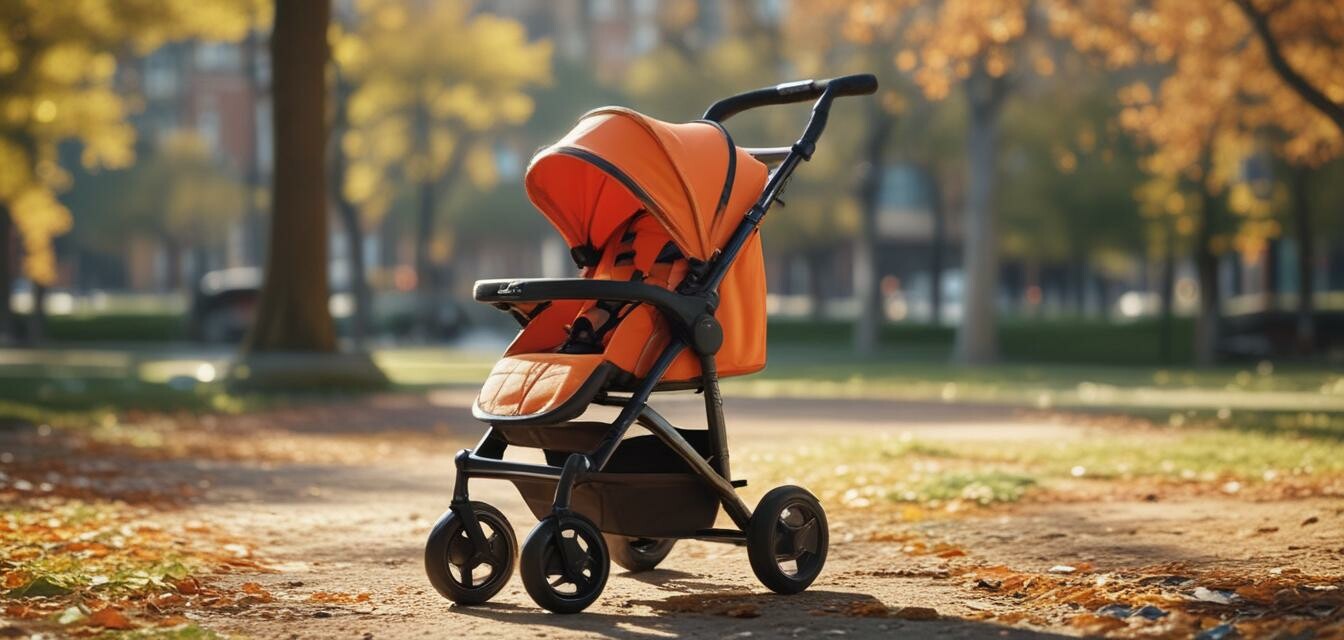
How to adjust your stroller for your growing child
Key Takeaways
- Strollers can be adjusted for different sizes and weights as your child grows.
- Understanding the various adjustable features enhances safety and comfort.
- Regular maintenance ensures longevity and optimal function of the stroller.
- Familiarizing yourself with different types of strollers can help select the perfect fit for your lifestyle.
- Safety standards must always be followed to protect your child during stroller use.
As your baby grows, their stroller should evolve alongside them to ensure both safety and comfort. Understanding how to properly adjust your stroller according to your child's size, weight, and age can make outings more enjoyable and stress-free. In this article, we provide practical advice on adjusting stroller settings for your growing child, alongside useful tips for maintenance and safety.
1. Understanding stroller adjustments
Strollers come with a range of adjustable features designed to accommodate your child's growth. Here are some key areas to focus on:
| Feature | Adjustability | Importance |
|---|---|---|
| Harness Straps | Can be repositioned as the child grows | Ensures safety and prevents slippage |
| Seat Height | Adjustable for comfort | Allows better interaction with parents and surroundings |
| Backrest Angle | Reclines and sits upright | Supports safe sleeping positions and comfort during awake times |
| Footrest | Extends or shortens | Provides additional support for growing legs |
2. Adjusting harness straps
As your baby grows, their harness straps will also need upgrades:
- Infants: Use the lowest harness slots to provide full support.
- Toddlers: Raise the harness to ensure a snug fit at shoulder height.
- Check regularly: Ensure the straps are secure and not too loose.
3. Changing the seat height
As your child develops:
- Adjust the seat to a height that allows for easy interaction with you and their surroundings.
- Ensure the seat is secure before each outing.
4. Reclining the backrest
Reclining features are essential for different stages:
- Infants often need a total recline for safe sleeping.
- As your toddler grows, adjust to an upright position for exploration.
5. The importance of footrests
Your child's legs will grow quickly, making footrest adjustments crucial:
- If your stroller has an adjustable footrest, make it a habit to extend it.
- Use the footrest to prevent dangling feet, which adds comfort and safety.
Tips for maintaining your stroller
- Regularly clean the stroller frame and fabric to keep it hygienic.
- Check wheel alignment and functionality periodically for smoother rides.
- Inspect harnesses for any signs of wear or tear.
- Read through user manuals for specific maintenance advice.
6. Choosing the right stroller type
As you evaluate your growing child’s needs, consider these stroller types:
- Convertible strollers: Adaptable options that grow with your child.
- Jogging strollers: Great for active parents who want to exercise.
- Lightweight strollers: Easy to carry and maneuver when on the go.
- Travel systems: Offer a complete solution from car seat to stroller.
- Umbrella strollers: Compact options for easier storage and travel.
7. Safety considerations
When adjusting and using your stroller, keep these safety guidelines in mind:
- Always use the harness, regardless of age.
- Position the stroller on flat surfaces to avoid tipping.
- Never leave your child unattended in the stroller.
8. Conclusion
Adjusting your stroller to meet your child's growing needs is vital for safety and comfort. By familiarizing yourself with the various adjustable features and symptoms of wear, your stroller can become a reliable companion throughout your child’s development. With the right knowledge and maintenance, you can ensure that you and your child have enjoyable and safe outings together.